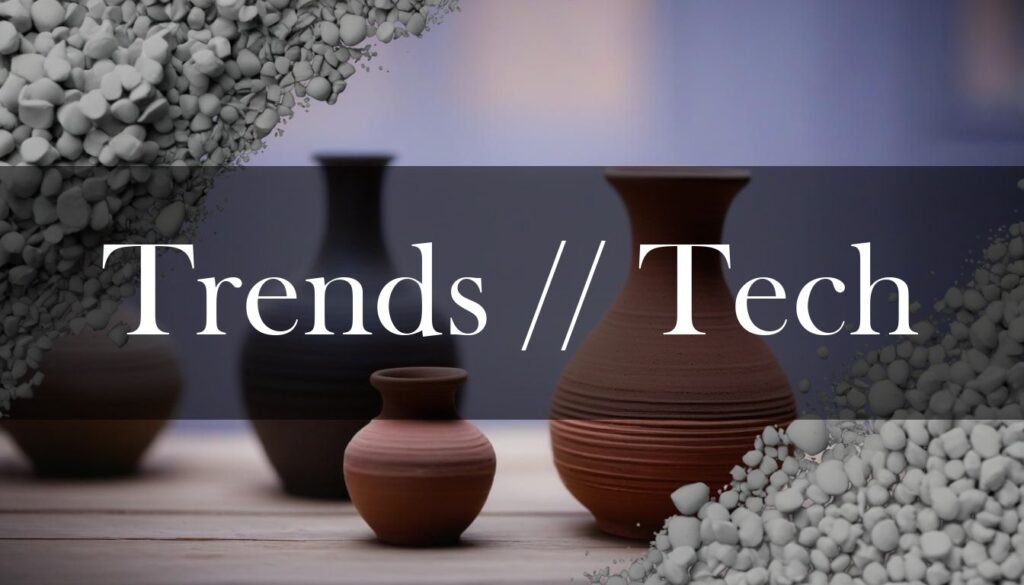The world of pottery is constantly evolving, and it’s fascinating to see how traditional techniques are being blended with modern innovations to shape the future of ceramic art. We’re at a point where technology, sustainability, and personalization are really driving the trends. For instance, the integration of 3D printing and digital design tools is allowing potters to create incredibly intricate designs with a level of precision that was once unimaginable. Software for prototyping and modeling also means more opportunities for customization, catering to the growing demand for unique, one-of-a-kind pieces. As reported in market analysis, this trend is significantly shaping the pottery and ceramic market.
Sustainability is also becoming a major focus, with artists and manufacturers emphasizing the use of renewable materials and eco-friendly processes. We’re seeing explorations into biodegradable materials and even the use of solar-powered kilns, which is fantastic. On the other hand, there’s also a beautiful resurgence of traditional craftsmanship, with potters revisiting age-old techniques like wheel throwing and handbuilding, reminding us of the value of time-honored skills and the tactile connection between the artist and the clay. As highlighted in a recent blog post, these approaches mark significant movements in the ceramic arts.
“There’s also a growing emphasis on functional art, pieces that serve dual purposes, like sculptural vases that double as statement pieces or multi-functional dinnerware.”
Looking ahead, we can expect to see even more interdisciplinary collaborations, with ceramic art bridging into fields like fashion, architecture, and technology. Imagine ceramic accessories crafted in collaboration with fashion designers or imaginative architectural decorations born from partnerships with architects. There’s also a growing emphasis on functional art, pieces that serve dual purposes, like sculptural vases that double as statement pieces or multi-functional dinnerware. And when it comes to glazes, keep an eye out for colors like Persimmon, Ultramarine, and Elm from Pewabic Pottery, as well as the influence of Pantone’s “Peach Fuzz,” with complex neutrals also gaining popularity, as noted in a recent home decor trend analysis.
Emerging pottery techniques are also revolutionizing the field by blending traditional craftsmanship with modern innovations, like 3D printing and robotics. This approach allows for precise designs and rapid prototyping, expanding the possibilities of ceramic art. A research paper recently highlighted the possibilities of the field. Artists are also integrating materials like horsehair, feathers, and seaweed into their clay bodies, adding visual interest and artistic flair to their creations. Such experimental techniques are pushing the boundaries of what’s possible in ceramic art. For example, potters are experimenting with ash glazes to unlock earthy tones and unique textures in their work. As well, marbling techniques offer a way to create swirling colors in clay, adding depth and visual interest to finished pieces.





